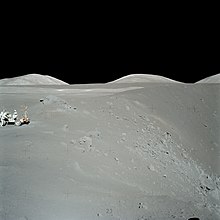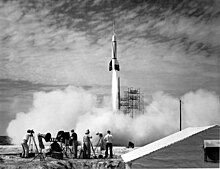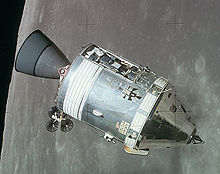Race in Universe
 The Hubble Ultra-Deep Field image shows some of the most remote galaxies visible with present technology, each consisting of billions of stars. (Apparent image area about 1/79 that of a full moon)[1] | |
| Age (within Lambda-CDM model) | 13.799 ± 0.021 billion years[2] |
|---|---|
| Diameter | Unknown.[3] Diameter of the observable universe: 8.8×1026 m (28.5 Gpc or 93 Gly)[4] |
| Mass (ordinary matter) | At least 1053 kg[5] |
| Average density (including the contribution from energy) | 9.9 x 10−30 g/cm3[6] |
| Average temperature | 2.72548 K (-270.4 °C or -454.8 °F)[7] |
| Main contents | Ordinary (baryonic) matter (4.9%) Dark matter (26.8%) Dark energy (68.3%)[8] |
| Shape | Flat with a 0.4% margin of error[9] |
Space exploration:-
Space exploration is the use of astronomy and space technology to explore outer space. While the exploration is carried out mainly by astronomers with a telescope, its physical exploration though is conducted both by unmanned robotic space probes and human space flight. Space exploration, like its classical form astronomy, is one of the main sources for space science.

HUMAN ON THE LUNAR SURFACE.
The early era of space exploration was driven by a "Space Race" between the soviet union and the United States. The launch of the first human-made object to orbit Earth, the soviet union's Sputnik 1, on 4 October 1957, and the first moon landing by the American Apollo 11 mission on 20 July 1969 are often taken as landmarks for this initial period. The Soviet space program achieved many of the first milestones including the first living being in orbit in 1957, the human spaceflight (Yuri Gagarin aboard Vostok 1) in 1961, the first spacewalk( by Alexei Leonov) on 18 March 1965, the first automatic landing on another celestial body in body in 1966, and the launch of the first space station(Salyut 1) in 1971. After the first 20 years of exploration, the focus shifted from one-off flights to renewable hardware, such as the Space Shuttle program, and from competition to cooperation as with the International Space Station (ISS).

In July 1950 the first Bumper rocket launched from Cape Canaveral, Florida.

Sputnik 1, The first artificial satellite.

Apollo CSM in Lunar Orbit.
Targets of exploration:-
Staring in the mid-20th-century probes and then human missions were sent into Earth orbit and then on to the Moon. Also, probes were set throughout the known Solar system, and into Solar orbit. Unmanned spacecraft, Voyager 1 and 2 traveled beyond 100 times the Earth-sun distance. The instrument was enough though that it is thought they have left the Sun's heliosphere, a sort bubble of particles made in the Galaxy by the Sun's solar wind.

The moon as seen in a digitally processed image from data collected during the 1992 from Galileo spacecraft flyby.
Alien Life:-
Astrobiology is the interdisciplinary study of life in the universe, combining aspects; of astronomy, biology and geology. It is focused primarily on the study of the; origin, distribution, and evolution of life. It is also known as exobiology. The term "Xenobiology" has been used as well, but this is technically incorrect because its terminology means "biology of the foreigners." Astrobiologists must also consider the possibility of life that is chemically entirely distinct from any life found on Earth. In the Solar System, some of the prime locations for current or past astrobiology are on Enceladus, Europa, Mars, and Titan.





0 Comments